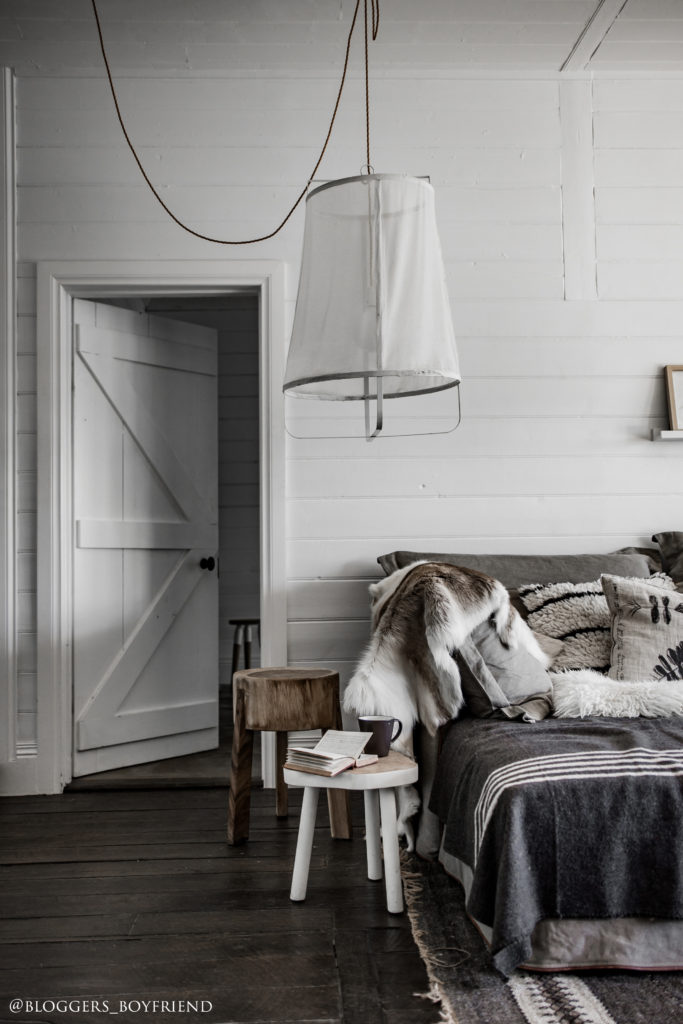Reshaping Residential Designs: Paving the Way for Sustainable Homes
To bring our homes into balance with the environment, it is essential to prioritize sustainable design practices. One prominent standard leading the way is the concept of Net-zero Energy Building (NZEB), where the total energy consumption of a building over a year is roughly offset by the amount of renewable energy generated on-site.
Buildings in the United States alone contribute nearly 40 percent of the country’s CO2 emissions, surpassing both the industrial and transportation sectors in their environmental impact. However, the adoption of green building practices, exemplified by LEED-certified buildings, has shown remarkable results. These sustainable structures have achieved a significant reduction of 34 percent in CO2 emissions, marking a substantial step towards a more sustainable future.
Moreover, the green construction industry is making significant economic contributions. By 2018, it was projected that the sector would generate over 3.3 million jobs in the United States, comprising more than one-third of the entire construction industry. These jobs are not only numerous but also provide considerable labor earnings, estimated at $190.3 billion. Additionally, the industry’s direct contribution to the U.S. Gross Domestic Product (GDP) is expected to reach an impressive $303.5 billion between 2015 and 2018.
These facts underscore the significance of sustainable residential design in addressing climate change and creating a thriving economy. By embracing green building practices and striving for net-zero energy goals, we can mitigate the environmental impact of buildings while fostering job growth and economic prosperity.
By integrating renewable energy systems, optimizing energy efficiency, and incorporating sustainable materials, residential designs can make a substantial contribution to reducing CO2 emissions. These efforts not only benefit the environment but also enhance occupants’ comfort and well-being. Sustainable design principles prioritize energy efficiency, indoor air quality, natural lighting, water conservation, and the use of environmentally friendly materials, resulting in healthier living spaces and reduced environmental footprints.
As we envision the future of residential design, it is crucial to prioritize sustainable practices and recognize the tremendous potential they hold. By incorporating these principles into our homes, we can make a positive impact on the environment, create jobs, and foster a sustainable economy that benefits us all.
